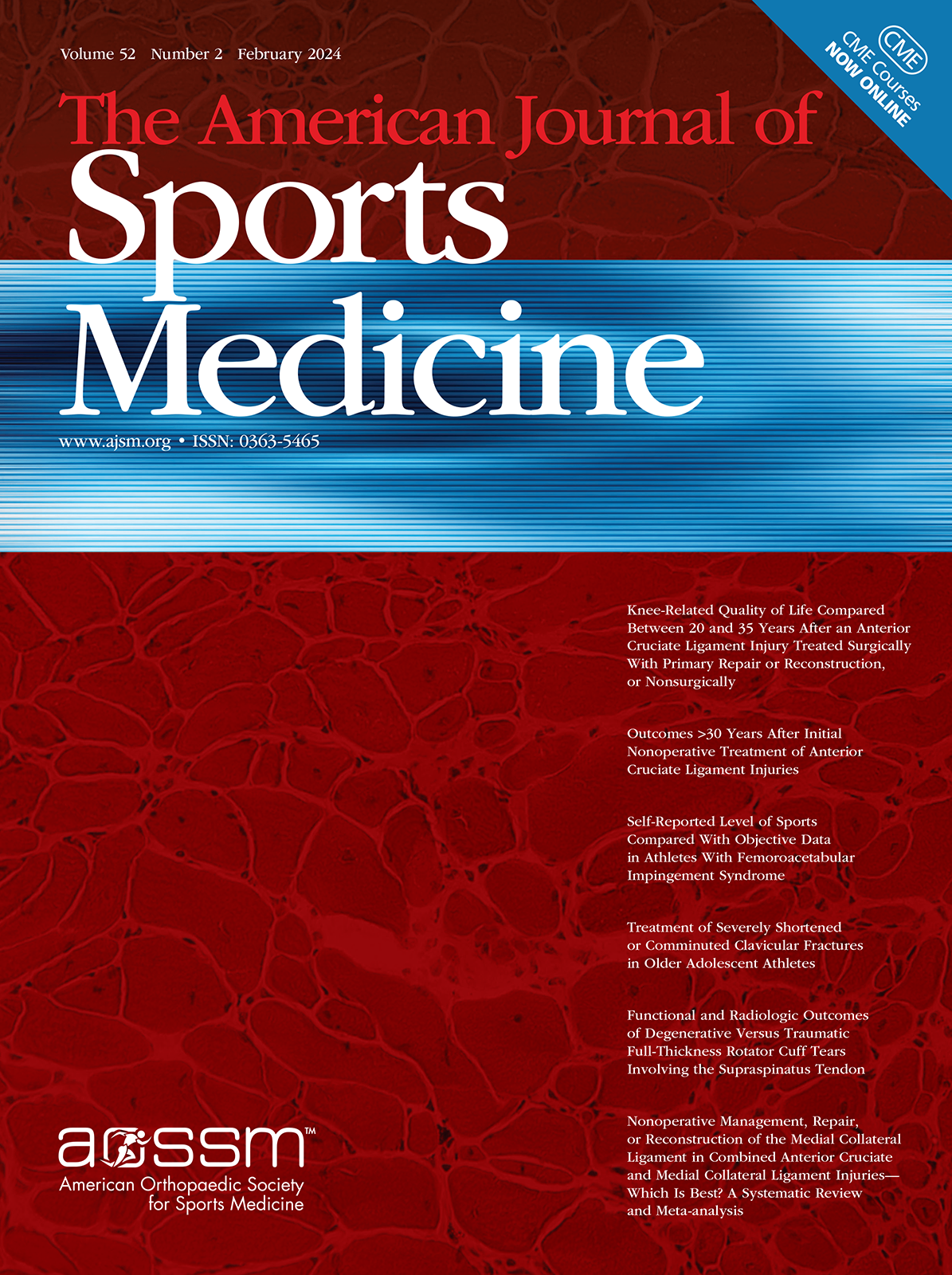
Buccally Absorbed Cannabidiol for Pain Control After Arthroscopic Rotator Cuff Repair

Buccally Absorbed Cannabidiol for Pain Control After Arthroscopic Rotator Cuff Repair
Buccally Absorbed Cannabidiol Shows Significantly Superior Pain Control and Improved Satisfaction Immediately After Arthroscopic Rotator Cuff Repair: A Placebo-Controlled, Double-Blinded, Randomized Trial
Am J Sports Med. 2022 Sep;50(11): 3056-3063.Synopsis
101 patients undergoing an arthroscopic rotator cuff repair were randomized to receive 14 days of buccally absorbed cannabidiol (CBD; n=54; 25mg dose to those ≤80kg, 50mg dose to those >80 kgs) or placebo (n=47) for the control of postoperative pain. The primary outcome of interest was pain intensity measured with a Visual Analog Scale (VAS). Secondary outcomes of interest included patient satisfa...
To view the full content, login to your account,
or start your 30-day FREE Trial today.
FREE TRIAL
LOGIN
Forgot Password?
Explore some of our unlocked ACE Reports below!

Learn about our AI Driven
High Impact Search Feature
Our AI driven High Impact metric calculates the impact an article will have by considering both the publishing journal and the content of the article itself. Built using the latest advances in natural language processing, OE High Impact predicts an article’s future number of citations better than impact factor alone.
Continue



 LOGIN
LOGIN

Join the Conversation
Please Login or Join to leave comments.